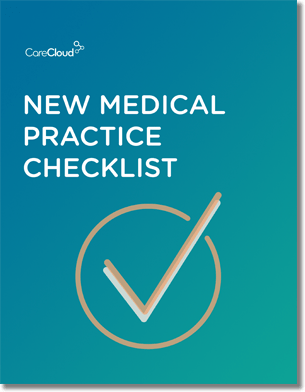The news has been abuzz about this recent explosion of influenza across the country. It becomes more alarming with every flu-related death, and its spread doesn’t seem to be slowing down.
In fact, scientists at Erasmus Medical Center in the Netherlands have lifted a moratorium on bird flu research, and most clinicians are being forced to get a shot in its wake.
As a physician or office manager, it’s important to ensure your patients – particularly those in high-risk groups – are protected against any risks. But since you’re a veteran, you know accomplishing this is often a logistical nightmare.
Can health IT help?
Flu Shot Automation
EHRs can send out letters and reminders to patients to come in for their flu shots. And think about what it can do for other forms of preventive care.
Furthermore, EHRs and practice management systems can generate lists of patients in high risk groups – under 5 and over 65, have underlying medical conditions, any pregnancies, etc. Your staff can then better focus outreach efforts, especially in case of any vaccine shortages.
Data Coordination
The flu shot is ubiquitous these days. It’s not uncommon to see signs in front of your local pharmacy or grocery store indicating they carry it, and this is a positive thing, naturally. But it brings administrative difficulties as well.
For instance, your practice may experience a difficult time keeping track of what patient has received a shot and who could use a reminder, not to mention whether it was Afluria, Flulaval or any of the other brands.
Fortunately, EHRs and practice management systems can help solve this – you can set them up to send data to immunization registries to keep records updated, making for a reduced administrative burden.
Financial Preparation
What about receiving payment for influenza-related services? How do you bill flu shots to commercial insurance companies and Medicare?
You’ll save yourself some money on ibuprofen if you have the right practice management system. Who wants to risk errors on complicated 5-number codes, the kinds that are easily prone to error? Not to mention the new ‘Q’ code for Medicare patients – Q2034 for Agriflu.
Do yourself a favor and stock up on both vaccines and a strong health IT infrastructure at your practice. This isn’t the last flu season your practice will see.
How is your practice preparing for the flu?
For more useful articles like these, sign up for our newsletter today!

Do you know what you need when setting up a new medical practice?



